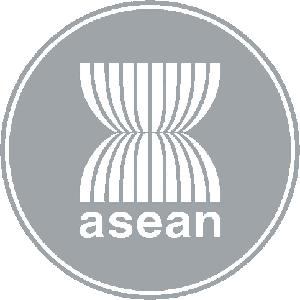Article: Using ancient wisdom to eradicate musical illiteracy
Using ancient wisdom to eradicate musical illiteracy
By Markus Soegiarto
Music has been an integral part of human culture since ancient times, with various cultures developing unique musical forms and styles. However, despite its universal appeal, musical illiteracy is still prevalent in many parts of the world.
To address this issue, I, as a music teacher, have adopted the ways of the Minahasan people, a tribe that has long associated every activity with movement and song.
The ability of the Minahasa people to divide and combine sounds naturally has been recognized internationally for several hundred years, so much so that one of their sub-tribes living on the border of the Philippines is called the Sangir tribe from the word Zanger (Dutch for the singer).
The Minahasa people have a natural talent for music developed through traditional dances and songs. Maengket dance is a traditional dance that forms a formation like the Wifi symbol, with the outer circle being the male line, the inner ring being the female line, and the dance leader in the center of the ring. They dance rhythmically, following sunrise, midday, and sunset circulation patterns. The leader guides the movement while dancing three steps with the center of balance in the middle.
To develop natural musical talent, I teach students to clap in three directions following major chord changes and use clenched fists for minor chords. This method has proven effective for students to learn and develop independently, and they can help each other tell the right time to move.
The same method is applied when using a kolintang, keyboard instrument, or guitar: tapping three directions in the center, left, and right with one palm spacing following the circle of fifth rule.
This movement has countless variations to accommodate modern chord progressions. It is visually noticeable, so it helps people who have difficulty distinguishing notes to play music, and even deaf people can benefit from it.

Fig.1: Directions Symbol Chords

Fig.2: Chan Mali Chan using directional symbols
This method has been outlined in the book "Maimo Kumolintang" in three languages for those interested in learning more. The book "Maimo Kumolintang", an invitation to 'tongtingtang', talks about tonal harmony and holistically teaches life balance.
Combining the ancient knowledge of the Minahasan people with modern teaching methods can eradicate musical illiteracy and change the future of music. Students can develop a deep understanding of the universe by teaching music naturally and intuitively.
** Markus Soegiarto is an educator who comes from a family of traditional Minahasan musicians with a background in Civil Engineering and Computer Science education.
www.kolintang.co.id fb.com/@kolintang youtube.com/@kolintang IG @kolintang Twitter @kolintang
petruskaseke@gmail.com





